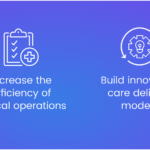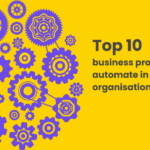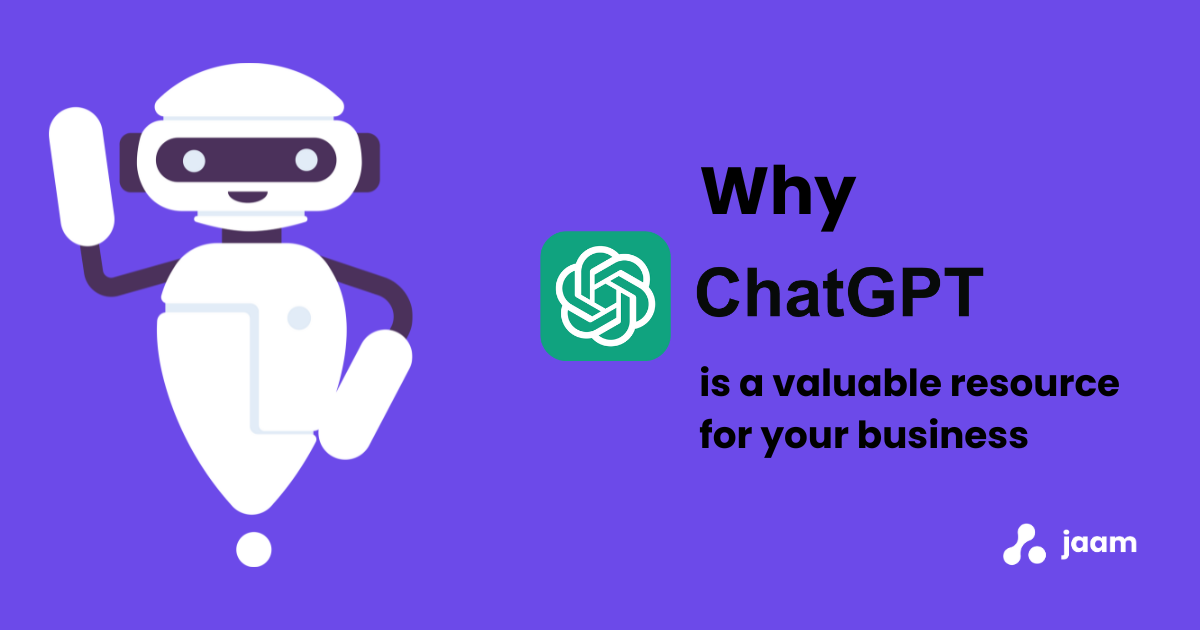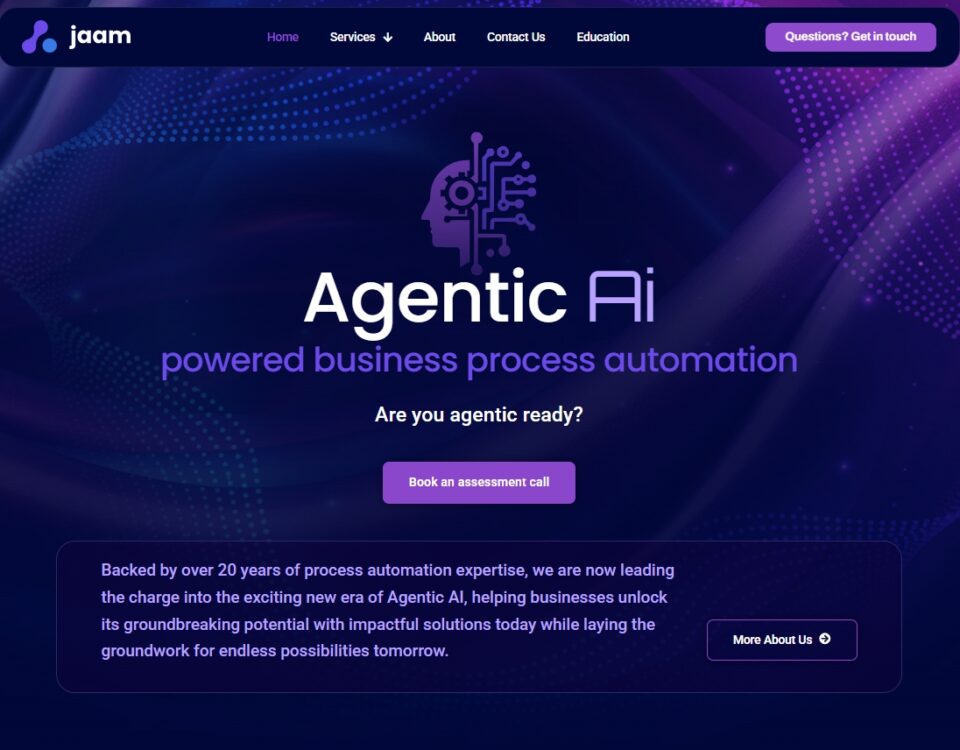For any business, big or small, turning a blind eye to the latest developments in tech can be risky. You might overlook powerful tools that can supercharge your efficiency and unlock new avenues for growth.

ChatGPT Tips: How to make AI an ally in your business
One trend that’s topping the charts right now is AI, especially AI language models like ChatGPT. When OpenAI made this generative AI language model available to the general public, it attracted one million users in just five days. It took Apple more than two months to amass the same number of users for its iPhone, Facebook ten months, and Netflix more than three years.[1]
How ChatGPT works
ChatGPT is essentially a sophisticated AI language model. It builds on the technology of Generative Pretrained Transformers (GPT) to engage in detailed and meaningful conversations. It is able to do this because it has been trained on a vast amount of text data from the internet, learning patterns in human language. This training allows it to generate human-like text based on the questions we ask it or the prompts we give it. Think of it as a super-advanced version of predictive text on your phone, but it can generate whole paragraphs, essays, or even stories, instead of just the next word.
What this means for your business
ChatGPT is not just for crafting hilarious tweets or penning poems about your cat, it can also be extremely helpful in a business context. It’s a digital assistant that can work with you to draft reports, summarise data, interact with customers, and much more at speed and scale beyond human capabilities.
Here are some examples:
- Supporting customers: Many companies use AI chatbots to answer frequently asked questions. These chatbots can be powered by models like ChatGPT to engage customers in natural conversational interactions, provide intelligent recommendations, or provide technical support for common issues.
- Creating content: This is a very common use case for models like ChatGPT. Its ability to generate human-like text makes it a good tool for drafting business content. For instance, lawyers might use it to create first drafts of legal documents and HR managers may find it useful for crafting role-specific interview questions. Of course, it can also help with drafting emails, newsletters, reports, meeting minutes from transcripts, product descriptions, presentations, and contracts. The list goes on and on!
- Generating and understanding code: Given a high-level description of what a particular function or programme should do, ChatGPT can generate a first draft of the code, which can then be reviewed and fine-tuned by the engineer. ChatGPT can be used to explain what a specific piece of code is doing in simpler terms, which is particularly useful when trying to understand complex or unfamiliar code.
- Helping with competitive analysis: ChatGPT can swiftly analyse or summarise intelligence your team has gathered on competitors from sources like company websites, product brochures, reviews and social media. It can highlight trends and draw comparisons with specific aspects of your business, depending on how you prompt it. This helps you to understand how your business stacks up againstd the competition.
Of course, ChatGPT isn’t perfect.
Like any technology, this AI language model has its limitations. While it can produce astounding results, it doesn’t possess true understanding or consciousness. Its responses are based on patterns learned from data, not personal experiences or emotions.
It can also make mistakes. This includes generating inaccurate information with a high degree of confidence (also known as an ‘AI hallucination’), without a mechanism to alert the user of potential errors.
Systemic biases are another issue. ChatGPT is trained on vast amounts of data, which means it can unintentionally reflect and perpetuate biases already present in that data. It is also vital to think about intellectual property rights. If ChatGPT generates a new idea, there is no way of telling if this has been unintentionally plagiarised from its training data.[2]
While AI researchers work tirelessly to improve these issues, we can actively counteract them by applying our own human judgment, knowledge, cultural insights and emotional intelligence. By fact-checking, identifying and addressing biases, and ensuring appropriateness, we can join forces with tools like ChatGPT to enhance productivity. This collaboration between human expertise and AI isn’t just about getting more work done—it’s about doing work more effectively and innovatively. The partnership of humans and AI can boost decision-making, performance, and spark innovation in any business setting.
Humans and AI: It’s all about synergy
Here are some examples of how ChatGPT adds value when used in collaboration with human expertise and ingenuity. Actually, to bring you these examples, we used ChatGPT to generate the first draft of this table, and then edited it to ensure it was factual, made sense and read well to the human eye.
| Process | ChatGPT | Human Experts | Combined Benefit |
| Customer Service | Handles simple queries. | Deal with more complex issues. | Customers receive quick responses to simple questions while more complex issues are addressed personally. |
| Content Creation | Generates drafts or ideas. | Refine and personalise drafts. | Speeds up the content creation process and encourages creative output by providing initial drafts or ideas. |
| Data Analysis | Summarises and explains complex datasets. | Make informed decisions based on the analysed data. | Aids understanding and supports faster decision-making. |
| Training | Generates content for lessons, tests or interactive learning activities. | Add personal touch and context to the content. Provide motivation and mentorship. | Simplifies the development of training materials while maintaining human emotional connections. |
| Supply Chain Management | Predicts supply and demand, suggests optimal inventory levels and identifies logistics inefficiencies. | Makes strategic decisions based on predictions. Implements changes in logistics operations. | Optimises supply chain operations by making accurate predictions, suggesting optimal strategies, and allowing humans to make informed decisions. |
The new era of technology we’re stepping into doesn’t need to be overwhelming. There’s also no need for competition between humans and AI. Rather, it’s a time for teamwork – and an exciting opportunity to get more done, bring new ideas to life, and find fresh solutions to problems.
[1] https://www.mckinsey.com/capabilities/quantumblack/our-insights/generative-ai-is-here-how-tools-like-chatgpt-could-change-your-business
[2] https://www.mckinsey.com/capabilities/quantumblack/our-insights/exploring-opportunities-in-the-generative-ai-value-chain






